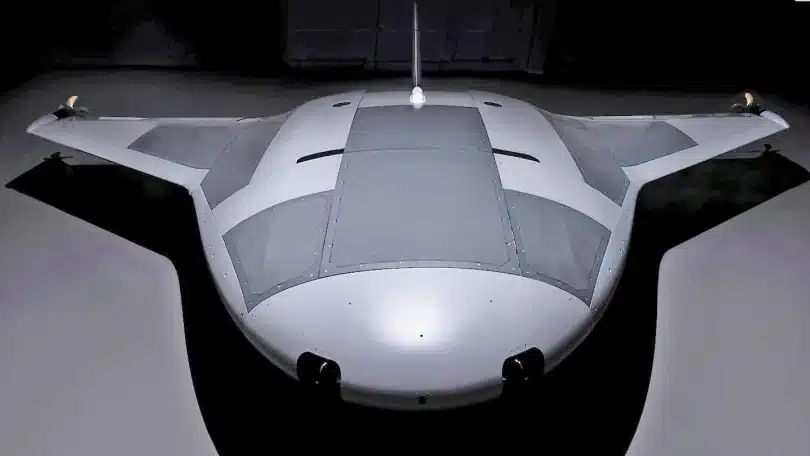In a significant advancement toward oceanic exploration and security, the Manta Ray, a vast underwater drone, has successfully completed its initial ocean trials off the coast of California, DARPA confirmed on Wednesday. Engineered to operate for extended durations without the need for refueling, this prototype marks a pivotal step in the pursuit of enhanced undersea endurance and capability.
RELATED: Manta Ray Drone Passes Military Test in California
Kyle Woerner, the program manager, expressed his enthusiasm about the outcomes, stating, “Our successful, full-scale Manta-Ray testing validates the vehicle’s readiness to advance toward real-world operations.” During the tests, the drone, substantially larger than a small lifeboat, showcased its versatile propulsion and steering capabilities.
Launched five years ago, the Manta Ray project seeks to exploit oceanic movements to power a submersible drone that could significantly outlast current models. These drones could be instrumental in missions such as tracking submarines from rival nations like China and Russia.
Watch the visualization of Giant Military Manta-Ray Drone;

However, the global race to develop long-range, autonomous underwater drones is competitive. In January 2023, Russia unveiled its Poseidon submarine drone, which, unlike the Manta Ray, is nuclear-powered and designed to carry nuclear warheads.
The U.S. Manta Ray project stands out by avoiding nuclear power. Woerner, in a 2022 podcast appearance, explained the design challenges of underwater vehicles, noting the trade-offs between endurance and payload capacity. He emphasized that while traditional propeller-driven vehicles can carry heavier loads or more complex equipment, they lack the endurance DARPA aims to achieve with the Manta Ray.
Harnessing ocean energy is central to DARPA’s strategy, as the sea offers abundant potential energy sources from currents, waves, and thermal gradients. Yet, as Kelley Ruehl, a Sandia National Laboratory engineer and advisor on the project, noted on the podcast, these resources vary greatly with location and depth, posing unique challenges.
The year ahead will see further development by PacMar Technologies, another contractor in the Manta Ray program, focusing on refining a full-scale energy-harvesting system that could revolutionize the capabilities of underwater drones.

